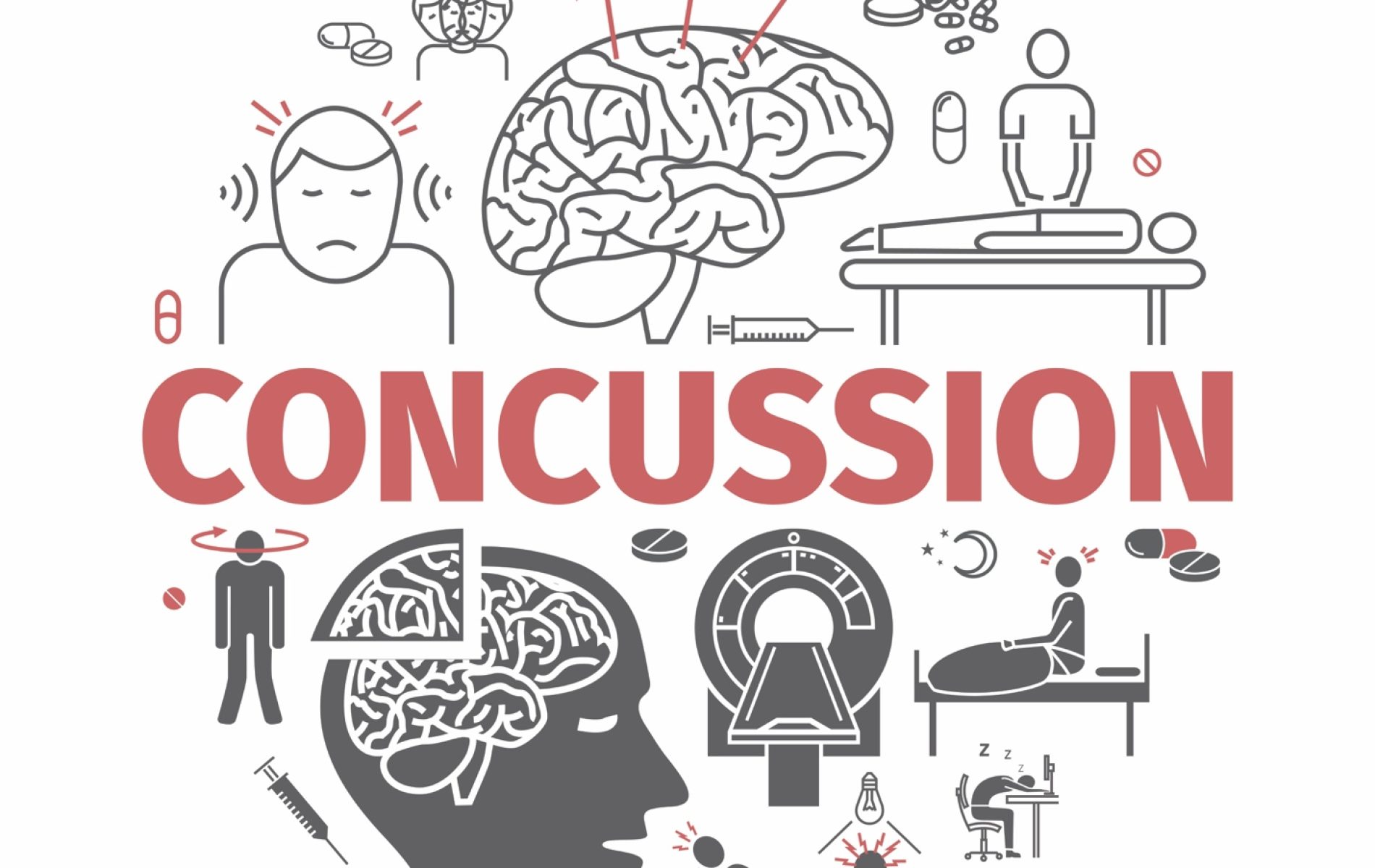Neurocognitive Evaluations and Their Functions

Our brain is capable of performing so many different functions such as remembering things, solving problems, making decisions, understanding instructions, and appreciating art.
Sometimes these brain functions can decline due to a concussion, a stroke, or conditions such as sleep apnea or depression. When this happens, you can not keep up with your responsibilities at home or at work.
Neurocognitive Testing VS MRI

You know something is wrong, but you yourself can’t quantify which of your brain functions have been affected, and by how much.
Diagnosing brain problems can be a tricky business. Brain MRIs’ can give us nice pictures of the brain, but most of the time, they cannot explain why a person is slow in getting things done or why a person with concussion cannot drive.
Fortunately, neurocognitive testing can help. This testing can unravel the strengths and weaknesses of your brain so that your spouse, your employer, or your disability insurance can understand what is going on inside your head – and provide you with the accommodations and services you may need.
In short, neurocognitive evaluation is a great way to check in with your brain without having to undergo expensive and complex medical procedures. Read on to learn more about this testing and how it works.
What Is Neurocognitive Testing?

Neurocognitive testing is the best non-invasive way to test your brain’s level of functioning as compared to people with your age and education.
A brain MRI can only give pictures of your brain’s anatomical structure. These images are not that helpful in most patients with neurological symptoms, as such symptoms are a result of abnormalities in the level of activity in different brain regions, not their size or appearance.
For example, patients concussion, depression, memory loss, or migraine all have normal brain MRI. They suffer from a great deal of “cognitive deficits,” but their brain MRI does not show anything abnormal on the outside.
Neurocognitive testing uses objective pencil-and-paper or computerized tests to determine your cognitive function. Think of it as a vision test for your brain. Rather than examining the physical structure of your brain (which can be done with a MRI), neurocognitive function measures your brain’s functions and level of performance compared to other people with your age and level of education.
Why Use This Method

Neurocognitive testing shows the outcome of whatever’s happening in the brain, which can unravel your strength and weaknesses.
Neurocognitive testing shows the outcome of whatever’s happening in the brain, which can unravel your strength and weaknesses.
No other test, including expensive brain MRIs (which give information about the cold anatomy of your brain) or new brain PET scans (which give information about the metabolic activity of your brain), can reveal a true picture of what is really happening inside your brain with regards to the things that matter to you in a day-to-day life.
Neurocognitive testing can answer the following questions: Are you capable of solving problems quickly? Are you able to memorize things at a level appropriate for your age? Can you do multitasking? Can you pay attention and maintain focus for a long period of time?
Neurocognitive testing is commonly used for assessment of patients with concussions, which we’ll discuss more in-depth later. But this testing can also help diagnose everything from childhood ADHD to early dementia.
Neurocognitive testing can help catch your level of functioning in different medical or neurological conditions such as anxiety, depression, OCD, migraine, and bipolar disorder. Neurocognitive testing can pick up on subtle changes in the brain; it also can be useful to measure how a person improves with rehabilitation and when he/she can return to work or playing sports.
Catch Problems Early

One of the big advantages of neurocognitive testing is the time it can save in coming to a diagnosis. Within 2-3 hours of testing, results can reveal if a patient’s memory, attention, concentration, problem solving, processing speed, “executive function,” or language ability are within the normal range or not.
For a patient who suffers from mild traumatic brain injury, results of neurocognitive testing can establish how much brain rehabilitation they need and estimate when they can return to their normal self.
No other test can provide such practical information; often patients go from one doctor to another and undergo a large number of tests (brain MRI, head CT, EEG, or vision testing) – none of which unveil what the patient is suffering from.
So the sooner this testing gets done, the sooner a patient (and his family, coach, or employer) can decide what needs to be done right away and what can be expected in the coming weeks or months.
What’s Involved

In many cases, a test administrator gives you a series of computer-based brain tests (similar to brain games) to measure your memory, attention, ability to process information quickly, do multi-tasking, or solve problems.
You will also complete a series of questionnaires about your mood, sleep, diet, exercise, or level of stress in your life.
Sometimes your test administrator may start by asking you to repeat lists of words or numbers as a memory test. They might ask you to explain how two things, such as coffee and tea, are alike. You may be asked to name items as your administrator points at them or list words that start with a certain letter of the alphabet.
The testing process itself can help you better appreciate what things you are good at and what things you struggle with.
Knowing When You Need It

So how do you know when you need to get a neurocognitive test done? If you feel you are not quite as sharp as you used to be or if you find that you need to put more effort to complete your routine tasks at work or at home, you may have had a decline in your brain function.
This can be due to a car accident, due to adult attention deficit disorder, due to mild depression, or due to lyme’s disease or exposure to mold.
It’s not a bad idea to get a neurocognitive test done every now and then even if you don’t think there’s anything wrong.
This can help establish a baseline for your normal cognitive function. That way, if there ever is a problem, you can catch it more quickly.
Neurocognitive Testing and Concussions

We’ve all seen the scene in action movies where the hero gets knocked unconscious and when he wakes up is asked “Who’s the president of the United States?”
This is a form of neurocognitive testing. The person who asks that question is trying to determine without complicated medical tests if the hero has a concussion.
Neurocognitive testing can be a very effective way to test for concussion. Often, a person with a concussion will be disoriented, have slower reaction times, and have trouble focusing.
Sometimes they may have subtle problems such as difficulty understanding instructions, difficulty doing calculations in their head, or being able to follow the steps in cooking. These are all things that can show up on a neurocognitive test.
Get Neurocognitive Testing Done

Neurocognitive evaluations are a great way to keep a finger on the pulse of your brain’s level of performance.
It can pick up on subtle changes in your mental function, alerting you to problems before you may even notice it yourself. This can help you get the right treatment more quickly, getting you back to your normal life.
If you’d like to set up a neurocognitive test, get in touch with us at NeuroGrow Brain Fitness Center. We offer testing services, as well as brain coaching to strengthen any weak areas your test may find.
Contact us today to start improving your brain performance and get back on track. These tests are often covered, at least in part, by most private insurance companies.



